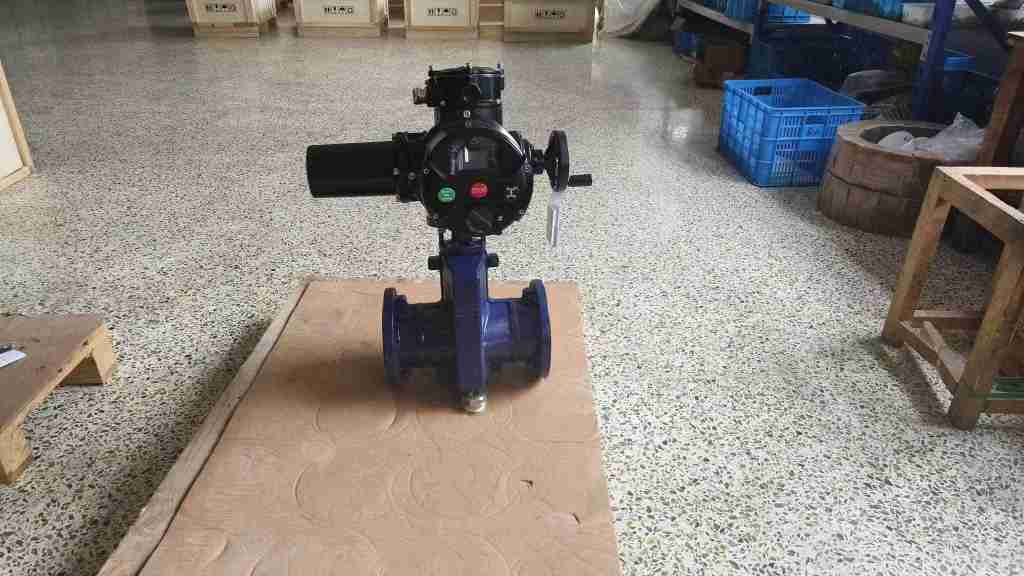AnElectric Pinch Valveis a vital component in fluid control systems, offering precise regulation of fluid flow through pipes. Unlike traditional valves, which rely on mechanical movements or ball-type mechanisms to regulate flow, the electric pinch valve utilizes a flexible elastomeric tube to “pinch” the flow path. This technology provides several advantages in terms of precision, ease of use, and suitability for a wide variety of applications, particularly in industries dealing with slurries, powders, or aggressive fluids.

Working Principle The core operation of an electric pinch valve is relatively simple but highly effective. At the heart of the valve is a flexible rubber or elastomer tube, which serves as the conduit for the fluid. The valve body houses a set of actuators connected to a control system. When the actuator is powered, it applies pressure to the tube, causing it to constrict or “pinch,” thereby blocking or reducing the fluid flow. When the actuator is de-energized, the tube relaxes, allowing the fluid to pass freely through. This pinch mechanism is not only effective but also offers a high degree of control. Because the flow is regulated by the squeezing of the elastomer, the system can precisely adjust the flow rate by altering the degree of pinch. The electric control system allows for seamless automation and remote operation, making it a suitable choice for modern industrial processes.
Leave a Reply